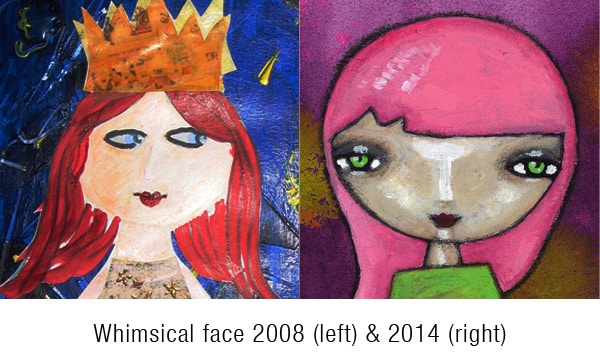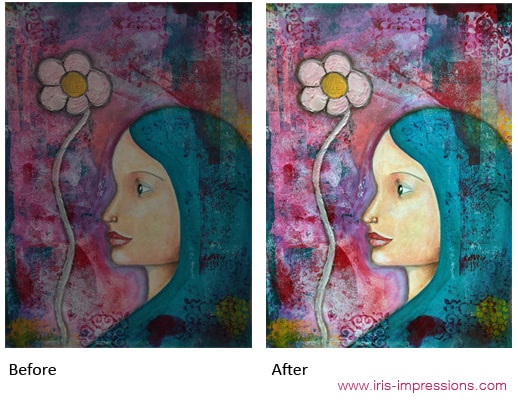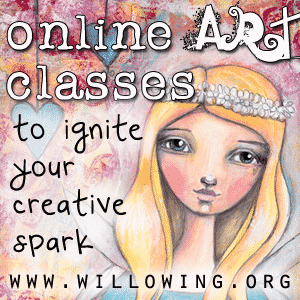Let’s stop thinking of ‘talented’ as a rigid concept that is inherent (you are born with it), and let’s start thinking about it as something more fluid. Talent can be built on and it isn’t required in order to have fun or do something really well.
When people like my art they often tell me ‘Oh you’re so talented!’. It’s a lovely compliment to receive, but it always makes me feel a bit funny. ‘Talented’ seems such a rigid concept. You can’t become talented, you either are or you aren’t. It also doesn’t take into account the hard work that came before it. It seems the most prevalent attitude is: I am talented therefore I can paint a nice picture, not: I have practiced therefore I can paint a nice picture.
I’ve touched upon this before in my article about Deserving to Do Art. There seems to be this notion that there are people who are already inherently good at something, and therefore they are allowed to pursue that thing. On the other side there are people who are not inherently good at something, and therefore they shouldn’t bother.
Yes, there are people who pick up a brush for the first time when they’re 20 (or 30 or 40) and create amazing paintings. There are child savants who create art beyond anything I will ever dream of achieving.
That’s not the norm!
If you’re reading this it’s likely you’re more like me: enthusiastic and passionate, but not ridiculously talented in any way. If you think my paintings have anything to do with talent, think again. Instead, it’s hours and hours of practice. It was picking up a brush and creating something that looked crap. It made me never want to paint again, but instead I said ‘never mind’ and kept creating. Until one day (honestly, this day came MUCH MUCH later than I would’ve wanted!) I painted something and thought ‘hey, I actually quite like that!’
The thing that makes me sad though is that often with the compliment from the first paragraph comes a feeling that is left unsaid: ‘you’re talented, but I’m not’. People lament and say they ‘can’t paint faces’. Back to that feeling of you can only do it if you’re already magically good at it; if you’re talented. Want to know a secret? I couldn’t paint faces either! I took some online courses and I practiced, and now I can!
 LOOKIE!! I practised!!! I actually have a soft spot for the one on the left too, even if I can see all the flaws. It looks like she was created with a lot of freedom, even though I didn’t yet have the skill to know where to put the eyes or do the shading.
LOOKIE!! I practised!!! I actually have a soft spot for the one on the left too, even if I can see all the flaws. It looks like she was created with a lot of freedom, even though I didn’t yet have the skill to know where to put the eyes or do the shading.
It’s so easy to get trapped in that thinking of not being able to acquire a skill (or attributing it to the magical ‘talent’, which makes it even more elusive and ‘not for us mere mortals’), especially once we leave full-time education. We’re formed, we’re done, can’t change now!
BUT WE CAN!!! We just need to want it enough!
And we need to put in the work. Don’t let that put you off though, the work can be fun. You can make it fun. Remember how kids learn? By playing! Get out your art supplies and play. Talent schmalent. Fun and fulfillment is where it’s at, and that is achieved by enjoying the process.
In the video below I embrace playfulness in art and create a journal spread based around giving myself permission to create.
Let me know in the comments what you think of the relationship between talent and doing things well!











